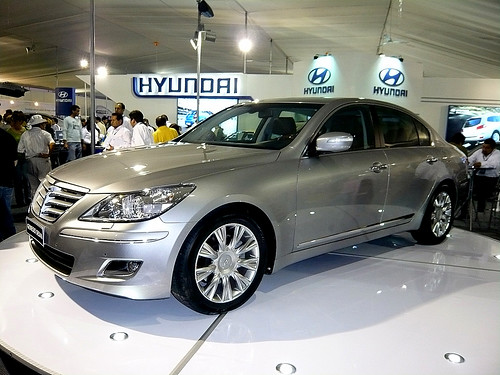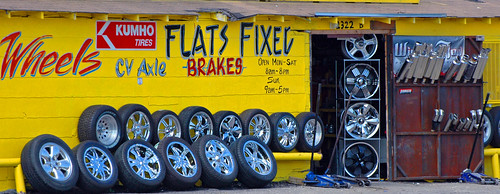NY Times outlines the difficulties facing re-authorization; Legislation for a 21st Century Transportation System Doesn’t Come Easy
(Source: Greenwire @ New York Times)
According to a Center for Public Integrity report released yesterday, there are nearly 1,800 special interest groups lobbying Congress on the transportation bill, ranging from local officials and planning agencies to real estate companies, construction firms and universities. In the first half of this year, the groups employed more than 2,000 lobbyists and spent an estimated total of $45 million on their transportation lobbying.
The road to reforming the nation’s transportation systems looks to be a long and winding one.
Once lawmakers decide when to move forward with the sweeping overhauls they promise, they will need to find a way to pay for it. And once that difficult task is accomplished, the debate will only grow more complicated.
Many in the transportation community agree the next multi-year surface transportation bill needs to significantly boost federal funding for the nation’s roads, rails and bridges. But the consensus soon begins to crumble when the issue turns to how to pay for the overhaul — with lawmakers loath to tell Americans they will need to foot the bill and the rest of the transportation community agreeing that is the only option to pay for it (E&E Daily, Sept. 15).
But even off the Hill, where key players agree massive reform is needed to make the system more performance-based and effective, there is no consensus on exactly what that new system would look like and what those performance goals should be.
Many of the goals discussed at the invitation-only event are conflicting by nature. The usual suspects include the funding ratio for highways and transit systems, and the rate of return that individual states see from taxes they pay to finance the nation’s road and rail work.
Robert Atkinson, who chaired one of two congressionally created blue ribbon panels to examine transportation investment needs, said his panel, the National Surface Transportation Infrastructure Financing Commission, did not even broach the subject of where the increased investment should be spent in its report.
According to government estimates, the transportation sector accounts for roughly a third of U.S. carbon emissions, and Democrats have vowed to recast the nation’s roads and rails in a “greener” light.
But many state highway departments that had previously voiced support for the new environmental focus are now worrying that the emissions goals may grow overly ambitious and threaten to deliver another blow to both the economy and their efforts to repair and replace crumbling roads and bridges (Greenwire, Aug. 27)
Congress must also decide whether or not to welcome the private sector into the transportation field by giving firms long-term leases on public roads and bridges, effectively turning public infrastructure into a private product.
Click here to read the entire article. For those wondering what is in the minds of our lawmakers drafting the reauthorization bill, here is congressman Oberstar’s handwritten scrap-paper version (pulled right from the House T&I Committee website, which has a lot of interesting materials to read on this subject). Though it is not very detailed, it offers a general sensing of the direction he is taking (e.g., consolidating the existing behemoth (108 programs) into 4 categories to simplify the mgmt. structure, adding Office of Livability & Office of Expedited Project Delivery to the FHWA, etc.)






